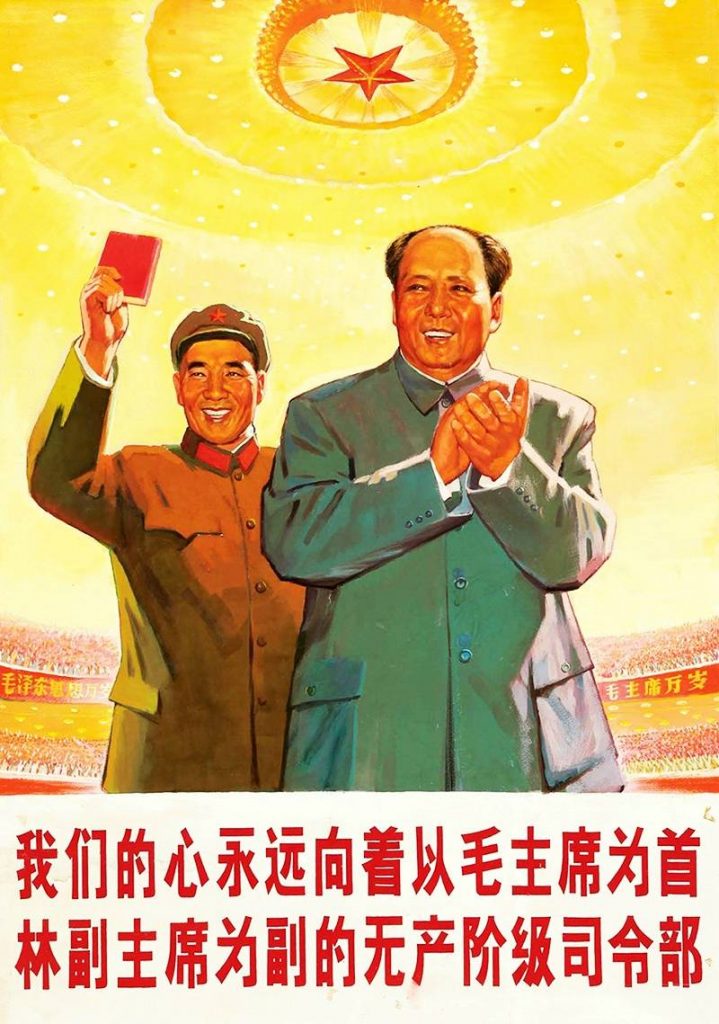On May 31, 1966, just three days after the formation of the Central Cultural Revolution Group (中央文化革命小组), comprising Mao and his most radical supporters, including his wife, Jiang Qing (江青), the group moved to exercise direct control over the People’s Daily, People’s Liberation Army Daily and Red Flag. The three publications immediately underwent major changes, coming to reflect more or less uniformly the views at the top of the leadership under Mao.
In many cases over the next 10 years, official commentaries penned by a writing group under the so-called “Proletarian Command” (无产阶级司令部), referring to Mao and his trusted supporters (all others within the government being branded as the enemy “Bourgeois Command”), were published in all three of the publications. The most important of these were labeled in each publication as being jointly released by all three.

The commentaries issued by the “Two Newspapers and One Journal” were regarded as the loftiest guides for Communist Party behavior and the unification of public opinion.
The takeover of the publications was orchestrated in May 1966 by Mao supporter Chen Boda (陈伯达), which first took control of the People’s Daily and refashioned it as a tool for Cultural Revolution propaganda. On June 1, the People’s Daily printed an editorial called “Destroy all Evils” (横扫一切牛鬼蛇神), which sought to rally the support of the whole nation in carrying out a Cultural Revolution and the moving against “rightist” elements (those opposed to the policies of Mao Zedong). Chen’s team later gained control of People’s Liberation Army Daily and Red Flag, completing the creation of the “Two Newspapers and One Journal” propaganda machine, which became the principal force guiding all mass media in China.
By the end of 1966, after the publication of a tirade called “Complete the Revolution on the Frontlines of Journalism” (把新闻战线的革命进行到底), a great number of newspapers had been shut down, and those remaining fashioned into tools for promoting the Party ideology.
Aside from issuing the latest policies and messages about official movements, the commentaries issued by the “Two Newspapers and One Magazine” reinforced the cult of Chairman Mao. They included slogans like “Long live the People’s Republic!” and sayings from Mao’s red book. Other newspapers sheepishly followed these three, mimicking not only their content but also their size, fonts, and layout.
After the death of Mao on September 9, 1976, the Gang of Four used the three publications to publicize the Chairman’s “dying words”: “Stay the course” (按既定方针办事).. This was an attempt by the gang to further legitimize their powers in Mao’s absence. When the Gang of Four fell on October 25, 1976, it was once again the “Two Newspapers and One Journal” that announced the news. The commentary, prepared this time by Hua Guofeng (华国锋) and his core leadership team, was called “A Great and Historic Victory” (伟大的历史性胜利), and it defined the new direction of the Party and the nation.